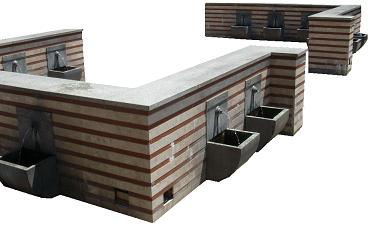Chapter Seven: 
|
We – like our grandfathers, our grand-ancestors, and a respectable few of the animal kingdom – build and occupy residencies. High-rise apartments, mansions, cabins, caves, and nests all fulfill physiological needs for shelter. And because there is no right or wrong way to house oneself, history has provided us with tremendously creative and differing examples of what we can go ahead and call architecture. For this diversity we can be both thankful and inquisitive.
Buildings in the long run accomplish much more than the re-routing of undesired rain and a place to call home; they exist as sociological artifacts. For instance, large chunks of recognized history are established from nothing more than radiocarbon dated ruins. That is archaeologists and laboratory scientists can infer more lifestyle details from an extinct civilization 2000 years ago, then we might know about our present day neighbors. In large part thanks to buildings. These types of inferences are common today for even the most unscientifically educated men. A neighborhood with very large houses implies wealthy residents. A town with a recognizably high ratio of churches to residencies implies a religious population. Architectural functions and features can distinguish societal lifestyles and ideologies across geographies and epochs. When all is said and done, appearances tell a great deal more than we might give them credit for. |
| previous page | home | next page |